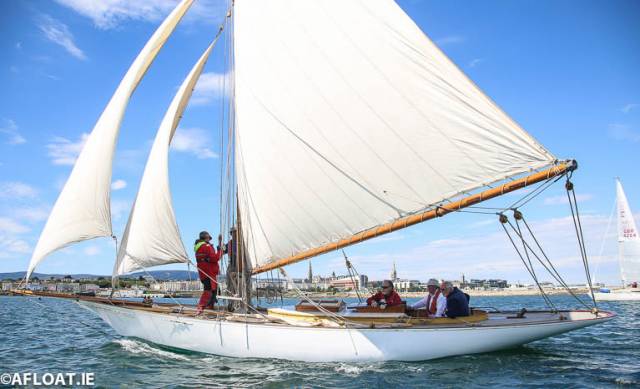Thanks for taking the time. It's a nice clean installation. It's so amazing how much goes away in the engine compartment with an electric conversion. I'm still sailing in an area where many sailboats have no engine. It's no stretch for me to see how e-propulsion fits for many sailors. Especially now as so many old boats will require re powering; some sailors will fit into an e-power range.After spending my adult life working in the mechanical contracting/engineering business, I'm always up for a good science experiment. My boat had a 35 yo MD7A in it. Rather than mess around with it I looked into repowering it with a Beta 14. I've owned diesel trucks, car, tractors, excavation equipment. For whatever the reason the smell of diesel on boats has always been repulsive to me.
So I decided to conduct another science experiment & installed an electric drive. Being able to fabricate, select all the components, install a solar system that charges not only the propulsion bank but also the house bank, it's been alot fun. Hell I even installed a 48 volt element in a water heater & use the propulsion bank to power it, the bank just sits there most of the time because after all it's a sailboat.
For the record this experiment wasn't cheap. With all the stuff I've done to make this work for me, could've bought a Beta 14 in a crate
I'm a power boater, sport fishing fanatic at heart. But my back is trashed so wanting to stay on the water a sailboats motion allows me to. Sailboats, they're friggin slow so whether it has a diesel that moves you at 6 knots or an electric drive that moves you at 4, it's still slow..
Technology wise, the drives are drives. I think batteries will continue to develop. Question becomes will developing technology allow the prices to drop? I don't think so.
Even power boater interest is growing - evidently, as Hinckley has put out a small-ish picnic/skiff boat that is e-power.
Hinckley is nobody's fool in marine marketing (they quit 99% sailboat production way back


